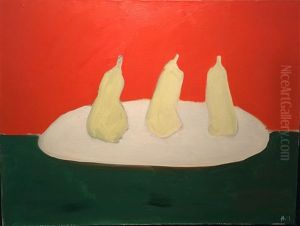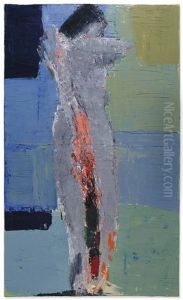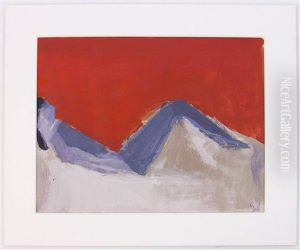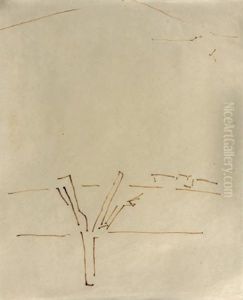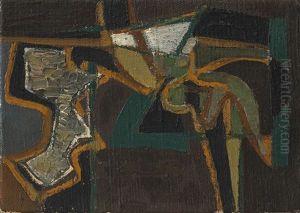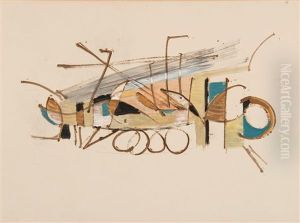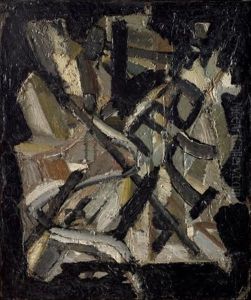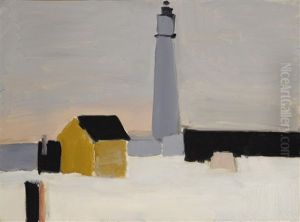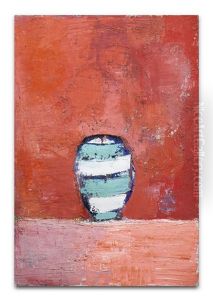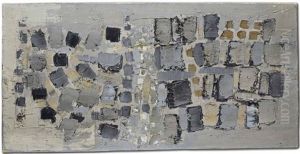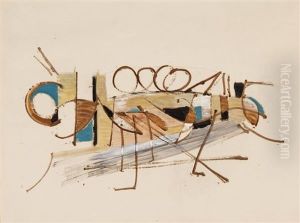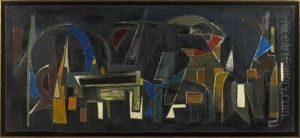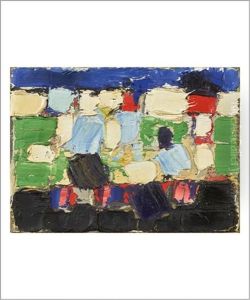Nicolas De Stael Paintings
Nicolas de Staël was a French painter known for his highly abstract landscape painting, which bridged the gap between geometric abstraction and lyrical abstraction. He was born Nikolai Vladimirovich Stael von Holstein on January 5, 1914, to a Russian family in Saint Petersburg, Russia. His family was forced to flee to Poland in 1919 because of the Russian Revolution. They later moved to Brussels, where de Staël began his artistic education.
After studying at the Royal Academy of Fine Arts in Belgium, de Staël traveled through Europe, spending time in various cities including Paris, where he was influenced by the work of artists like Pablo Picasso and Henri Matisse. His early work reflected a rigorous approach to geometric structure and form, displaying influences from Cubism and Fauvism.
During World War II, he joined the French Foreign Legion and was demobilized in 1941. He then returned to Paris and began to achieve some recognition for his art. It was after the war that de Staël's style began to evolve significantly. He moved toward a more abstract style, using thick impasto and bold color palettes. His paintings from this period often feature large, flat areas of color with a strong sense of structure, suggesting landscapes, seascapes, or cityscapes.
De Staël's work continued to evolve rapidly, and by the early 1950s, he had become one of the most celebrated artists in Europe. His paintings were characterized by a dynamic interplay of color and form. Despite his success, de Staël struggled with depression and the pressures of his intense production schedule.
Tragically, at the height of his career, Nicolas de Staël took his own life on March 16, 1955, in Antibes, France, after a period of intense depression. His work, however, has left a lasting impact on the art world, influencing generations of abstract painters. De Staël's paintings are housed in numerous major museums and private collections all over the world.
